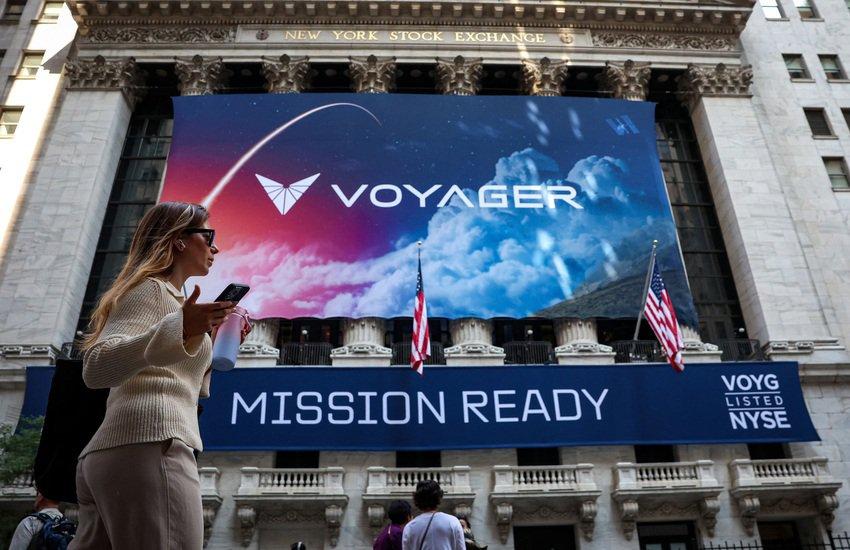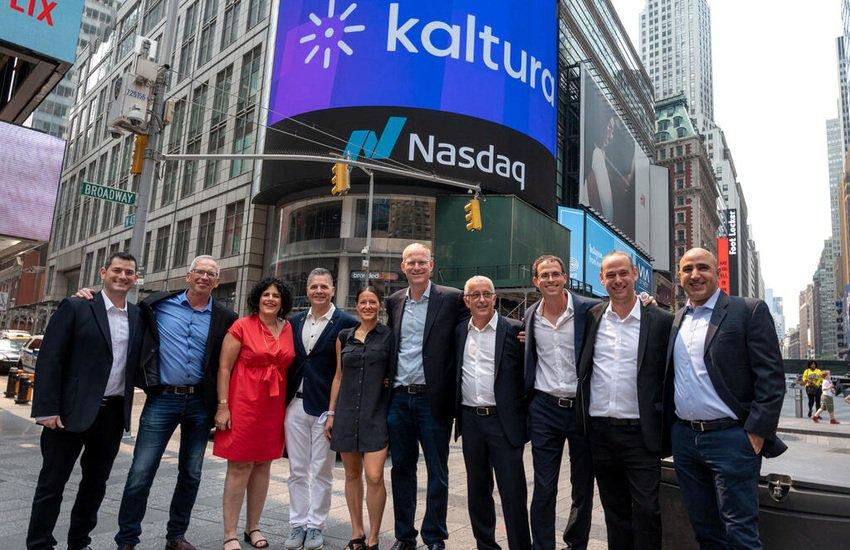US stocks edged higher in a shortened Black Friday session, closing out a turbulent November with fresh momentum despite lingering worries around tech valuations and the broader economic outlook. The Nasdaq Composite and Dow Jones Industrial Average each gained around 0.6%, while the S&P 500 added 0.5%, marking the fifth consecutive day of gains across the major indexes.
Friday’s rise followed a steep rebound earlier in the week, fueled by growing optimism that the Federal Reserve will cut interest rates at its December meeting. Still, the broader picture told a mixed story: the S&P 500 and Nasdaq both posted monthly losses as investors rotated out of megacap tech and reassessed the durability of AI-driven earnings.
Market Movers:
- Bitfarms (BITF) +12%: Shares of crypto miners and blockchain-linked firms jumped as Bitcoin stabilized above $91,000 after its steep sell-off last week. The recovery lifted peers including Marathon, Riot Platforms, and MicroStrategy as crypto markets regained footing.
- Allied Gold (AAUC) +11%: The stock rallied following new exploration updates from its Kurmuk mine in Ethiopia, reinforcing the company’s thesis of long-term production optionality. Management said more disclosures on its Côte d’Ivoire assets will arrive in early 2026.
- Intel (INTC) +6%: Intel climbed even as authorities in Taiwan raided the home of an engineer recruited from TSMC, investigating potential national-security-related technology transfers. Despite the scrutiny, investors focused on Intel’s broader turnaround efforts.
- Tilray Brands (TLRY) –21%: Tilray plunged after announcing a 1-for-10 reverse stock split that will take effect Dec. 1, reducing outstanding shares from 1.16 billion to roughly 116 million. The company said the move is intended to attract institutional investors and reduce administrative costs.
Mega-Cap Tech: A Strong Day After a Tough Month
Even as the Nasdaq ended November with a 2% decline — its worst monthly performance since early spring — some players of Big Tech outperformed. Alphabet rose roughly 13% this month, bucking weakness in peers as optimism grew around its Gemini AI products and expanding TPU chip portfolio.
Investors spent much of November rethinking sky-high expectations for AI adoption timelines. Nvidia, Meta, and Tesla are all set to close out the month with notable losses as traders recalibrated positions following a period of intense multiple expansion. Still, Friday’s action suggested buyers are stepping back in selectively, especially as rate-cut bets rise and holiday spending data begins to firm.
Oil Prices Climb as Supply Outlook Remains Uncertain
Oil futures edged higher Friday, with Brent crude gaining around 1% after large banks, including JPMorgan and Goldman Sachs, published updated long-term forecasts calling for further price weakness in 2026 due to persistent oversupply. Bank strategists expect 2027 to mark the beginning of a market rebalance — but noted that demand from Asia, transportation, and petrochemicals remains structurally strong. The CME’s early-morning outage briefly disrupted global crude futures trading, but markets stabilized once systems were restored around 8:30 a.m. ET.
Consumers, Seasonal Hiring, and the Labor Market
Black Friday sales lifted shares of Amazon, Target, and Walmart, as Adobe Analytics estimated Thanksgiving Day online spending surpassed $6 billion. Early indicators suggest shoppers are highly price-sensitive, leaning into online discounts and value-driven categories.
But the labor market appeared less festive. Seasonal hiring remains muted, with plans hitting their lowest level in more than a decade. Retailers and shipping firms such as UPS have scaled back holiday staffing amid rising unemployment and cost pressures, even as consumer interest in seasonal work has jumped. Growing jobless claims and slower hiring reinforce a cooling labor market — one the Fed will watch closely as it weighs easing in December.
Looking Ahead
Markets head into December with cautious optimism: momentum improved through Thanksgiving week, but concerns linger around AI valuations, slowing hiring, and the durability of consumer spending. With the Fed’s meeting less than two weeks away and still no official read on Q3 GDP, traders will rely heavily on upcoming jobs, inflation, and confidence data to gauge how long the rally can last.
If rate-cut expectations hold — and holiday demand remains solid — December could bring a stronger finish than November’s stumble suggests. But with volatility rising and sector leadership shifting, investors should brace for a market that’s far from settled.













